Using Various Sources to Build a Varmint Rifle
other By: Stan Trzoniec | July, 25
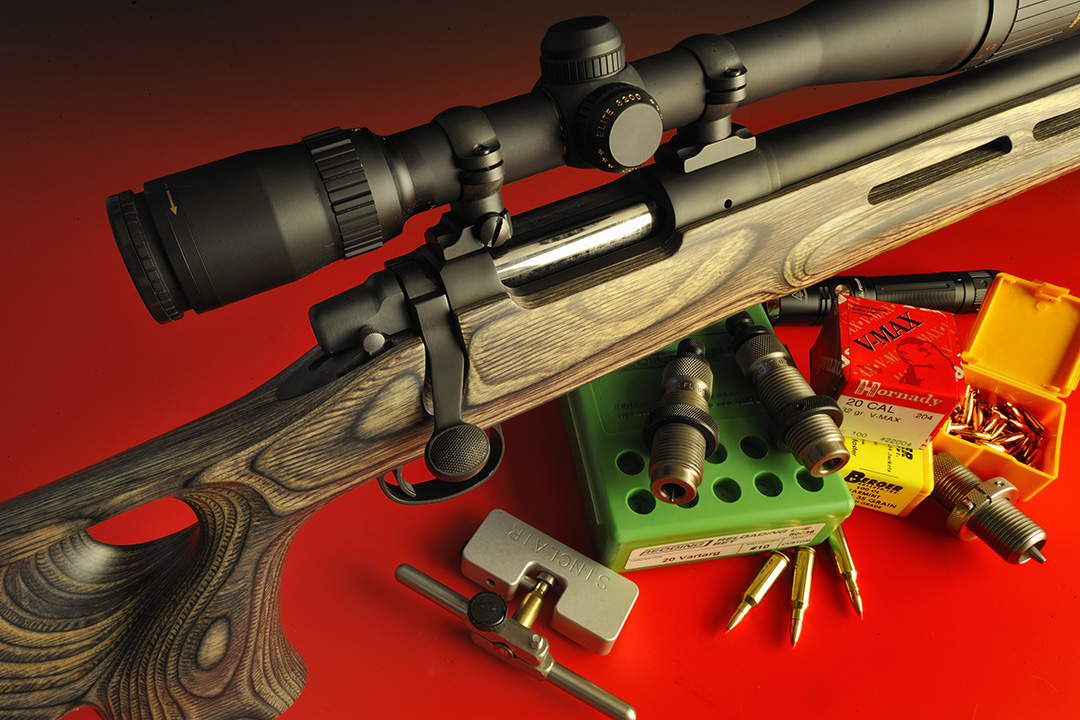
Stan’s rifle started out as a Remington XR-100 varmint rifle known for its accuracy. Originally chambered in the .223 Remington, he sent the rifle to Shaw’s to have it refitted with a new barrel in the .20 VarTarg.
With
spring in the air, the thought of the upcoming varmint season seems that it is right
around the corner. While fresh-cut hay, balmy-summer days and long shots
downrange all play a part in this hunting experience, how about a new rifle and
perhaps something different in a wildcat cartridge to fit on your shoulder for
the new season?
In
the past, I’ve always favored my list of easy wildcats for varmints – you know
the kind, like the .22 Hornet to the .22 K-Hornet, or the .218 Bee to the
Mashburn version when only a simple firing forming in the chamber nets instant
gratification at the bench for the next step in handloading. However, this time
around I was looking for more a challenge, something I could build from the
ground up with both a rifle and a cartridge. Perusing the book Wildcat
Cartridges by friend Fred Zeglin (himself a wildcatter) one winter’s night
by the wood stove, I came across a cartridge called the .20 VarTarg.
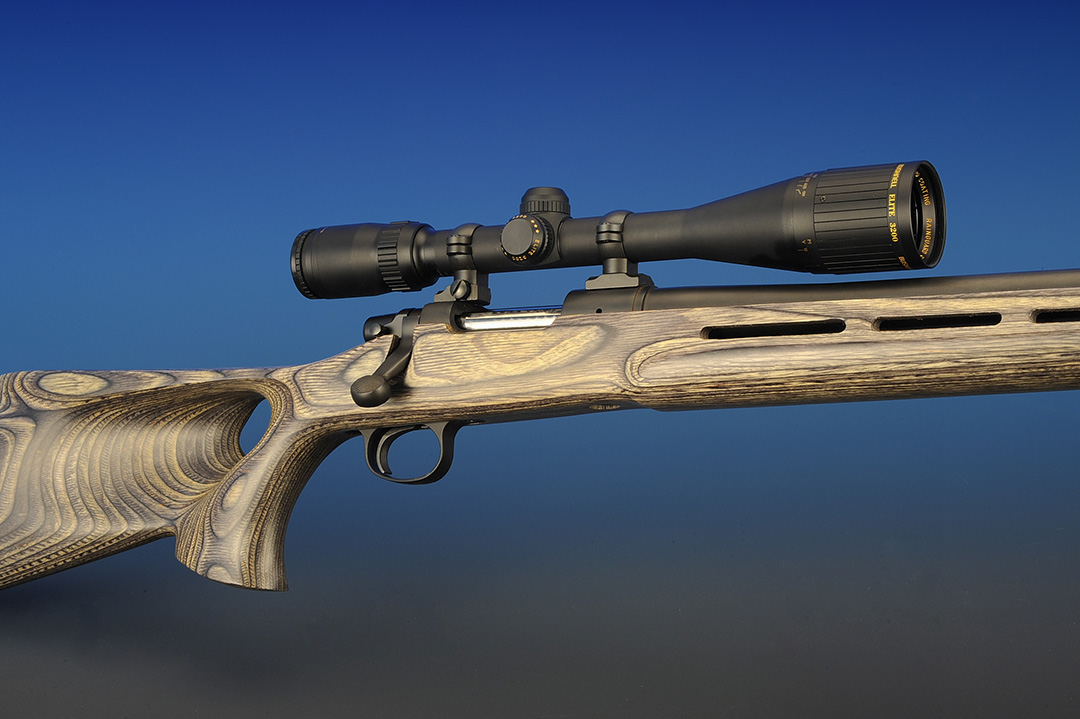
From any angle, this is one impressive rifle right out of the box, complete with a full, laminated, thumbhole stock, rollover cheekpiece and being a single shot, it has no magazine or cutout adding to its stability and potential accuracy.
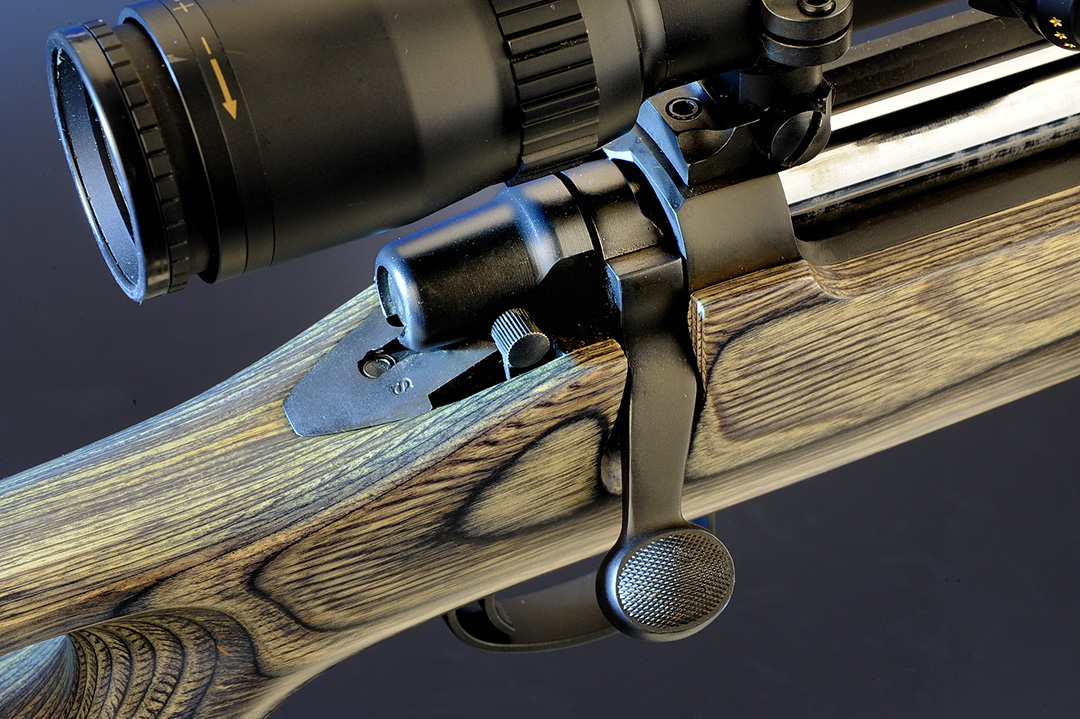
Aside from its full accuracy traits right from the factory, the Model 700 format pretty much stays the same. The safety lever is in the same place, the bolt knob is checkered, inletting is tight and the bolt is chrome-plated, but not jeweled.
It
seems like Kindler was on the same frequency and according to him, he tested
the Fireball in a Cooper rifle and again, impressed with its performance, he
was looking for ways to improve it. He thought the cartridge would look better
with a 30-degree shoulder (versus the parent 23-degree angle) and with the
advice from other shooters, necked it down to .20 caliber. From there and with
the assistance from Walt Berger of Berger Bullets, George Dewey for cleaning
rods, Redding dies and others, the .20 VT was on its way, especially when
Dakota Arms agreed to chamber this wildcat in its Predator rifle. However, due
to the Remington bankruptcy and subsequent legal matters, Dakota is now
Parkwest Arms. Presently, nothing is listed on its website, but never fear,
Cooper is still making 10 models for the .20 VT in a wide variety of
configurations.
Now
I was interested! While I could possibly get a Dakota rifle on consignment for
testing, I wanted something that I could keep without the pressure of returning
it. First, I had to find a 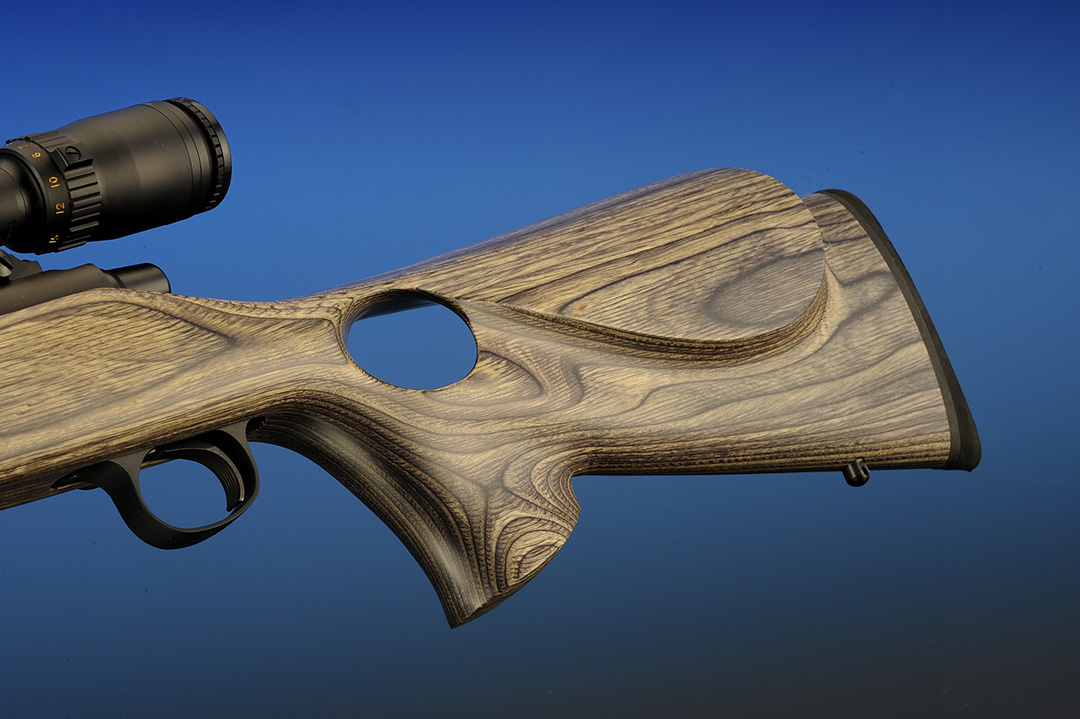 company or gunsmith chambering the cartridge in its
own barrel, or another and that did take some time, but Shaw’s in Bridgeport,
Pennsylvania, had the reamers and agreed to take on the task when I found the
rifle.
company or gunsmith chambering the cartridge in its
own barrel, or another and that did take some time, but Shaw’s in Bridgeport,
Pennsylvania, had the reamers and agreed to take on the task when I found the
rifle.

The stock has a full cheekpiece, rubber recoil pad and was designed for the small-game hunter, including a fully-adjustable trigger that Stan set for around 2 pounds.
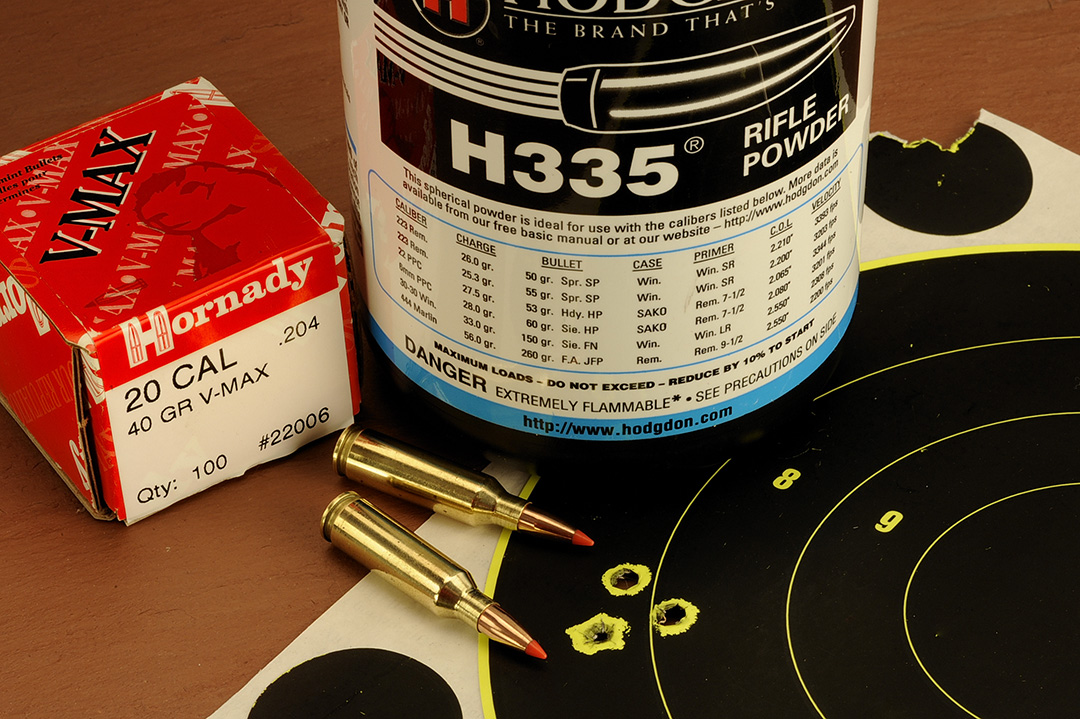
One of the best loads time again and again, is the combination of 20.5 grains of Hodgdon’s H-335 powder, benchrest primers and Hornady’s 40-grain V-MAX bullet. Groups will tend to hover around a half-inch or smaller at 100 yards, with a mean velocity of around 3,320 fps.
Shaw’s
is a large operation that not only specializes in barrels, but custom-made
guns. They can match the contour, specifications and finish of the original gun,
and refit the barrel with a match chamber for the .20 VT. Since I really wanted
to make this a challenge, I ordered a reamer from Dave Manson for a match
chamber and a neck-turning tool from Sinclair and sent everything to Shaw. The
only items left were a set of dies from Redding and when it came to brass, I
had plenty to work with. The usual assortment of powders, bullets, primers and
other necessary items filled my wish list. I was on a roll and ready to go.
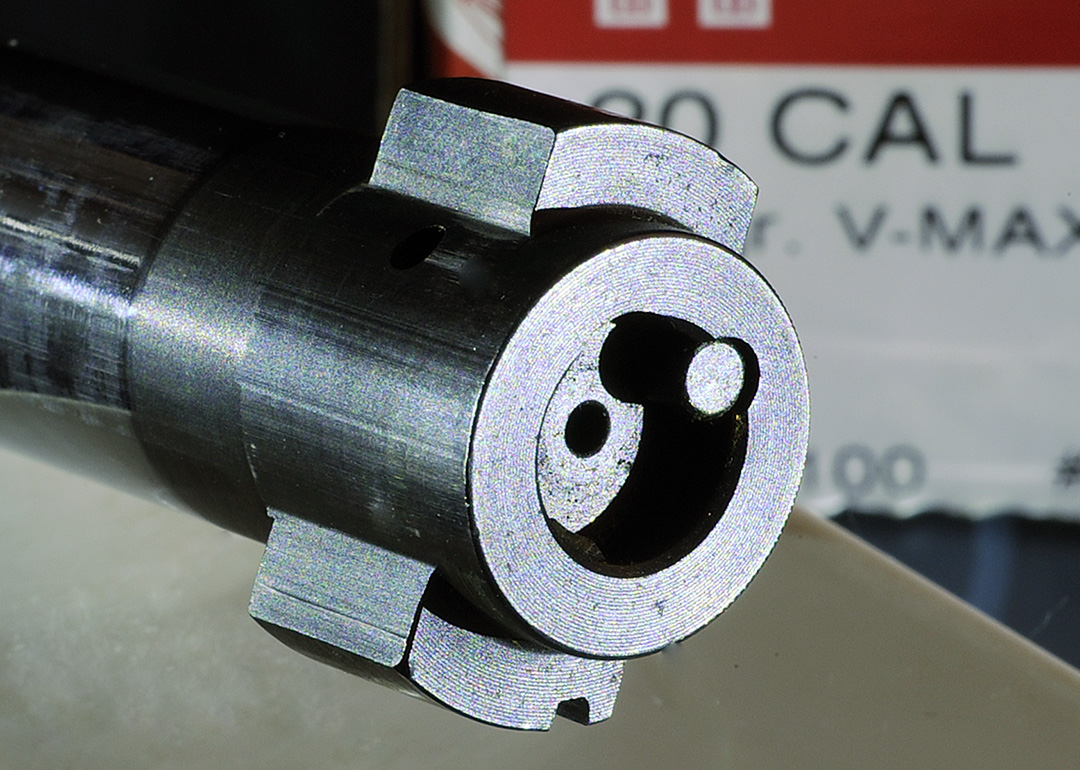
Talk about a massive bolt face for even a varmint cartridge like the .20 VarTarg. Two locking bolts secure the action; a plunger-type of ejector and blade-type of extractor ensures the spent case will clear the action for the next shot.
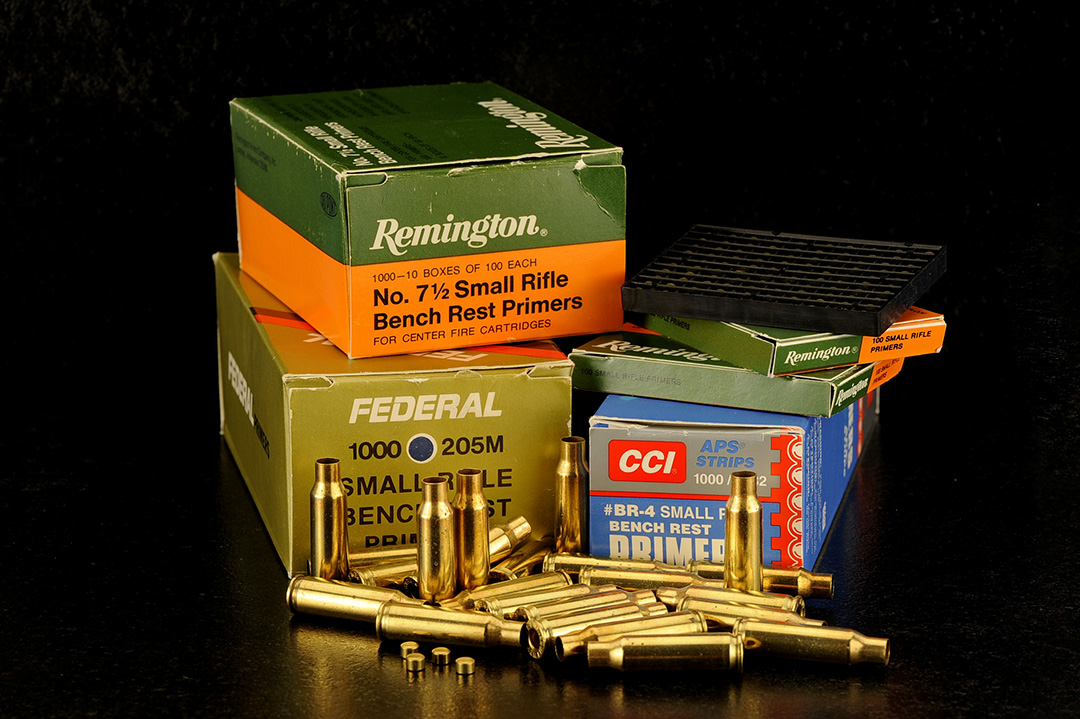
Like other varmint cartridges, Stan found it advantageous to employ the use of benchrest-type primers. Although it is sometimes a problem finding these locally, they do make a difference in accuracy by being very consistent when it comes to ignition.
However,
on my end, I wanted to go the distance. With the Redding full-length sizing
die, all cases were necked down from .22 to .20 caliber. Since I had a match
chamber, I had to reduce the outside diameter of the neck with the Sinclair
International neck-turning tool in order to get a snug fit in my gun. Through
trial and error, the amount came to .002 inch with just enough resistance with
the bolt to know I was within the tolerances of the gun. To finish up, and to
keep the neck of my custom cases in check, a sample empty, but fired case was
sent to the RCBS Custom Shop. They returned a neck sizer with an inside diameter
of .202 inch, perfect for keeping a snug fit on any .204-caliber bullet from
moving back in the case, which finished the preparations for loading. After a
fireforming about 100 cases with a mild load of H-4198, with the shoulder moved
up to the favored 30 degrees, cases grew to 1.410 inches and were trimmed back
to 1.405 inches and primed with CCI BR-4 Small Rifle Bench Rest primers.
With
a case capacity of 23 grains of water, I just know this little varmint round is
going to be very economical on powder. When it did come to powders, the choices
all ranged in the upper half of 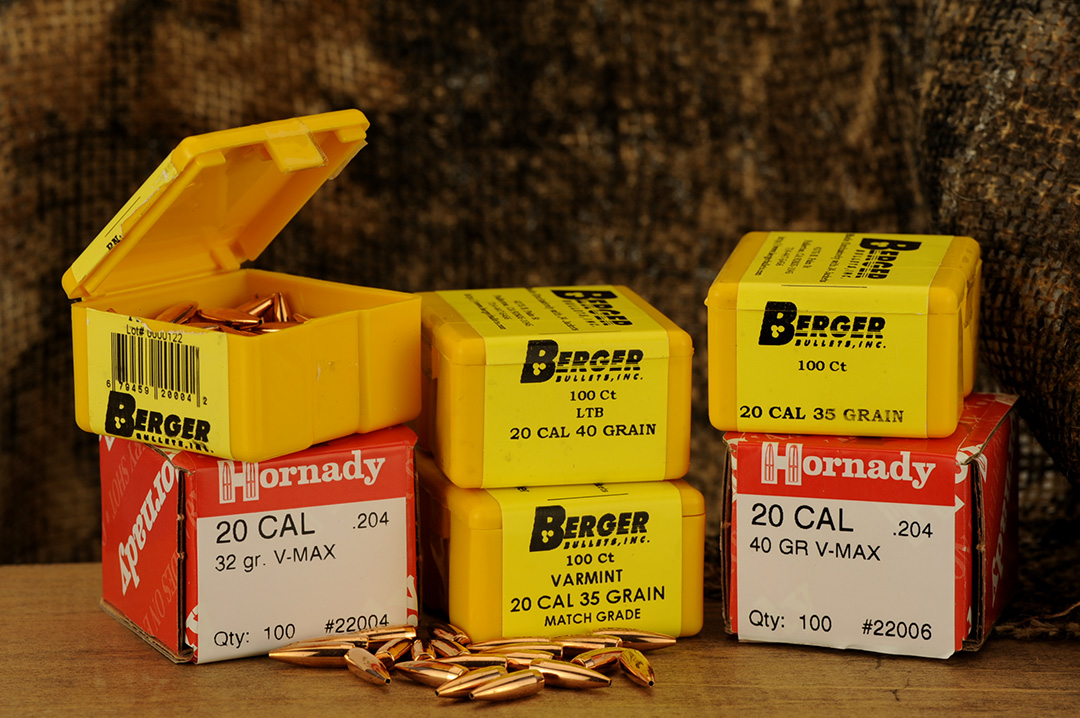 the powder list in the loading manuals. Reading
various articles show a good variety of powders are being used for this
cartridge and although it took a while to settle in, I found, from personal experience,
the following recommendations with velocities and groups given later. With the
popular 32-grain bullets, VV-N120, VV-N130 and H-4198 are good places to start.
With the 40-grain option, by far the best were H-335, H-4198 and H-4895, all
with decent and sometimes impressive velocities. Other powders from other
sources came up with IMR-8208, RamShot TAC, Reloder 7 and AA 2200. Checking out
the loads for the .221 Fireball, and in true wildcat fashion, the .20 VT added
about six percent in velocity using the same powders. It is obvious that
Kindler had something here. Additionally, digging deeper, note that the .20 VT
uses much less powder than the .204 Ruger at the same velocity readings, which
means in a pound of powder, a handloader will get 119 more reloads with a
32-grain bullet at around 3,700 feet per second (fps).
the powder list in the loading manuals. Reading
various articles show a good variety of powders are being used for this
cartridge and although it took a while to settle in, I found, from personal experience,
the following recommendations with velocities and groups given later. With the
popular 32-grain bullets, VV-N120, VV-N130 and H-4198 are good places to start.
With the 40-grain option, by far the best were H-335, H-4198 and H-4895, all
with decent and sometimes impressive velocities. Other powders from other
sources came up with IMR-8208, RamShot TAC, Reloder 7 and AA 2200. Checking out
the loads for the .221 Fireball, and in true wildcat fashion, the .20 VT added
about six percent in velocity using the same powders. It is obvious that
Kindler had something here. Additionally, digging deeper, note that the .20 VT
uses much less powder than the .204 Ruger at the same velocity readings, which
means in a pound of powder, a handloader will get 119 more reloads with a
32-grain bullet at around 3,700 feet per second (fps).

Years back, the variety of .20-caliber bullets was on the thin side, but today, just about all of the leading bullet makers offer a wide selection of various weights and designs for the handloader.
When
it came to bullets, the .20 caliber is starting to show its style. Presently, I
like to use the Hornady V-MAX in both 32 and 40 grains, but Sierra and Berger
have joined the fray with their designs. The .20 VT is such a good cartridge,
that in the end, and since you can’t really burn out a barrel, I think shooters
will be trying various loads and bullets for a long time.
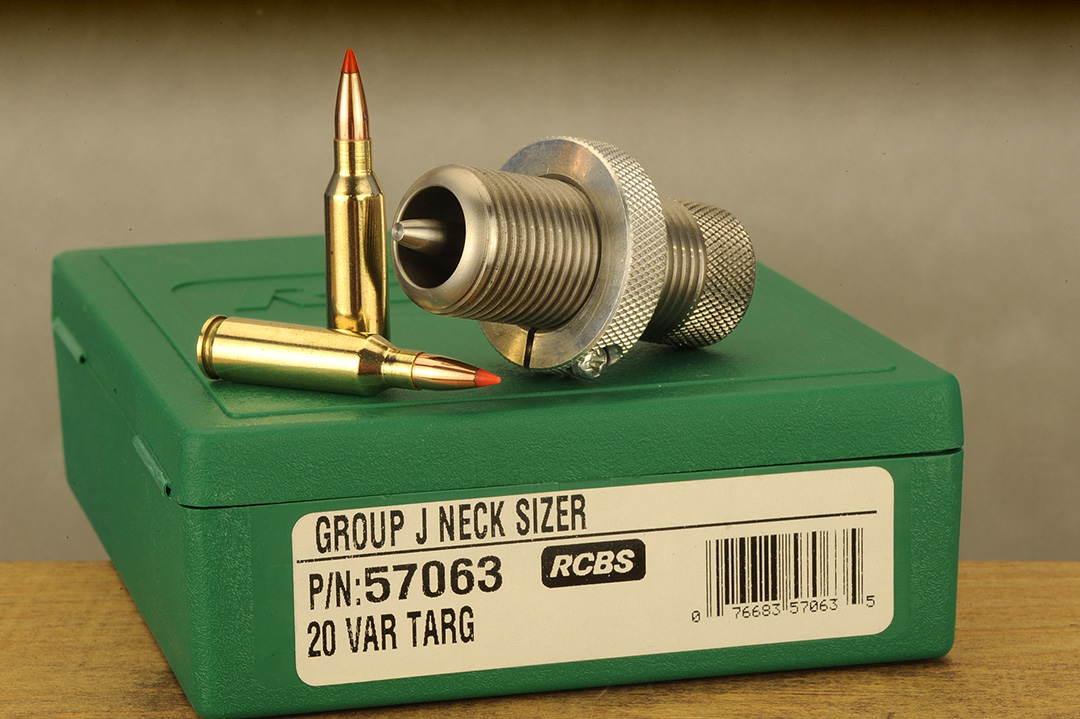
Since Stan ordered the new barrel with a match chamber, he ordered a special neck-sizing die from RCBS to keep the neck in check after turning and firing. The trick here is to send them an empty, but fired case so they can do the job right.
It is
interesting to note how well-known the cartridge is becoming. Looking at other
reference sources, the cartridge is wildly adapted to a wide selection of
powders and new bullets are showing up on a regular basis. There is plenty here
to play with, and with the warmer weather, the chance to try more varieties on
both bullets and powders now presents itself. Bullets are getting better by the
year and for starting out, I’d put my money on Hodgdon’s famed H-4198
propellant.
With
this Remington/Shaw/.20 VT combination, I found shooting at the bench
pleasurable. The weight of the gun combined with the very mild recoil of the
.20 VT made sitting and 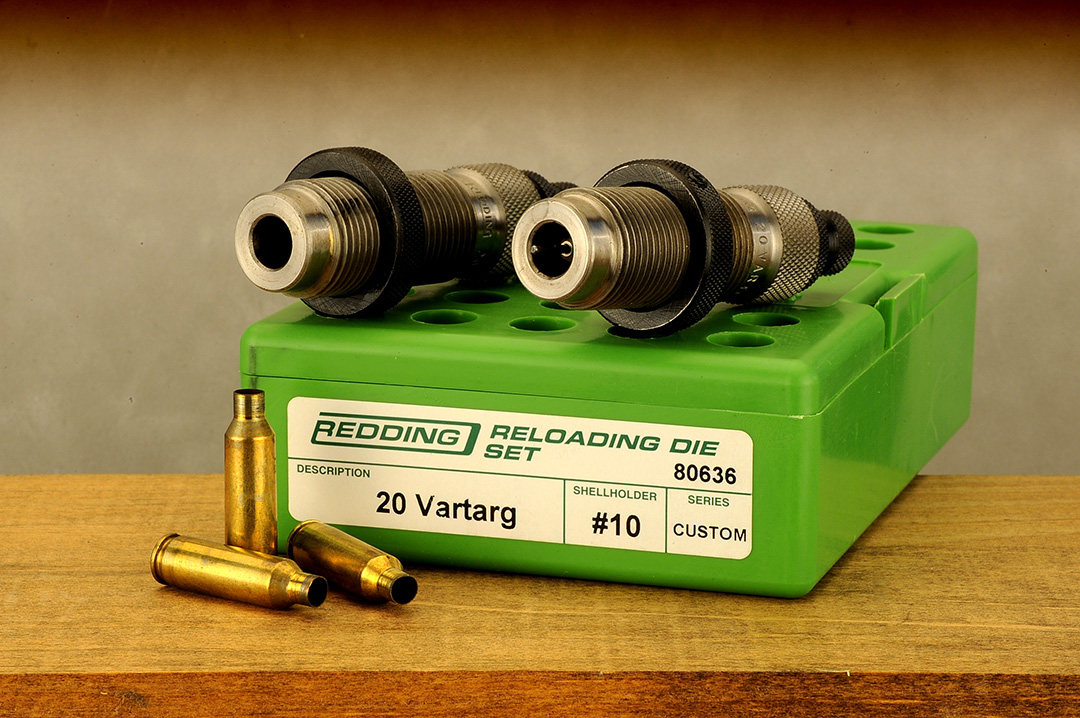 shooting during the early morning hours good for groups
and record keeping. When it came to some lazy-day chuckin’, the fresh-cut
fields of eastern New York state came in handy and shots at 100 yards-plus
proved this cartridge was a definite asset to the dedicated small-game hunter. While
this year is still ahead, last year, finding a spot and glassing for chucks
with fellow woodchucker Ed Hall, proved to me that everything I wanted in a
small-to-medium game rifle and cartridge was right there in front of me. While
this gun might be a bit heavy as a “walking varminteer,” with the availability
of custom gunsmiths around, both the stock and action could be trimmed down to
levels more to a shooter’s liking.
shooting during the early morning hours good for groups
and record keeping. When it came to some lazy-day chuckin’, the fresh-cut
fields of eastern New York state came in handy and shots at 100 yards-plus
proved this cartridge was a definite asset to the dedicated small-game hunter. While
this year is still ahead, last year, finding a spot and glassing for chucks
with fellow woodchucker Ed Hall, proved to me that everything I wanted in a
small-to-medium game rifle and cartridge was right there in front of me. While
this gun might be a bit heavy as a “walking varminteer,” with the availability
of custom gunsmiths around, both the stock and action could be trimmed down to
levels more to a shooter’s liking.

If a shooter doesn’t care to go the extra mile with a match chamber, any number of die makers can set them up with the common or custom set of dies for their rifle.
In
conclusion, the .20 VT to me, is one heck of a cartridge to reload, fine-tune
and hunt with for most any type of game. While it is still classified as a
wildcat, surprisingly, there is more than enough material to work with today. On
top of that, you can shortcut some of the options, suppliers and equipment by
contacting Todd Kindler at the Woodchuck Den, 11220 Hilltop Road, Baltic, Ohio,
43804. His book on The Terrific Twenties will have more information in
it on not only the .20 VT, but also, other hot .20-caliber wildcat and
production cartridges like the .204 Ruger that a shooter might be interested in
for their varmint-hunting duties.

Again, for comparisons, this shows the .221 Fireball case and two examples of the VarTarg variation. Stan likes to blacken the neck of a once-fired case, making sure only the neck is sized without the die touching the shoulder.
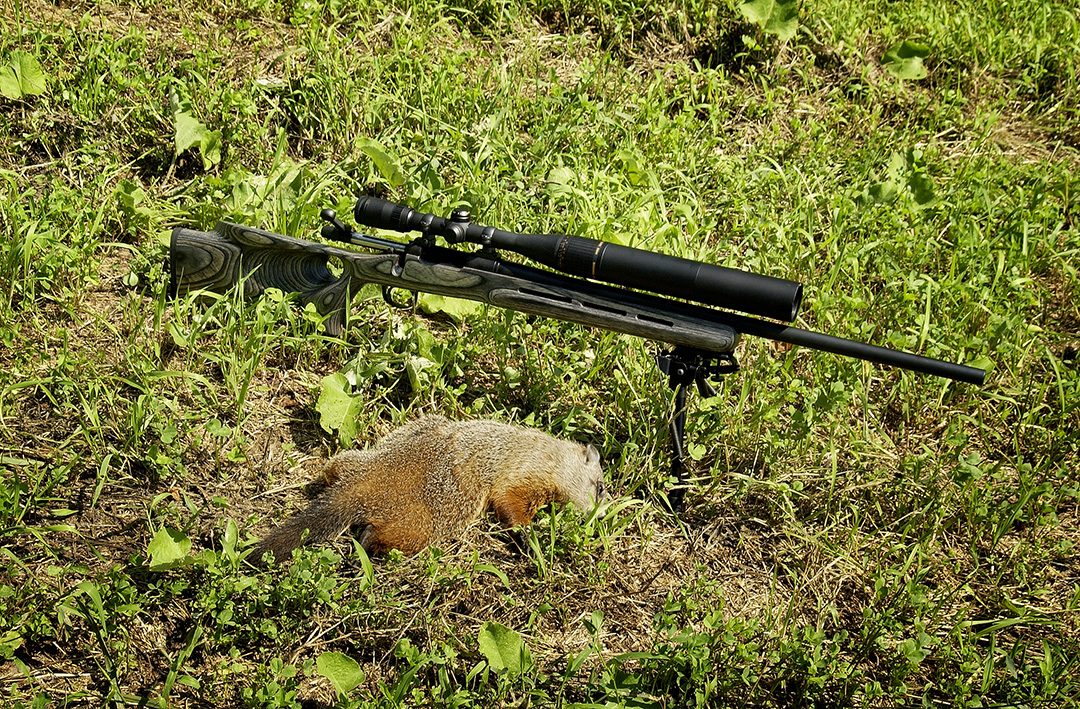
Here is one woodchuck that made the mistake of coming out of its den to see what was going on. Sorry for the chuck, the .20 VarTarg did its thing.

